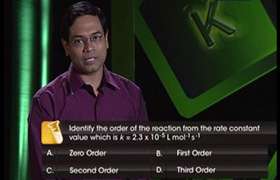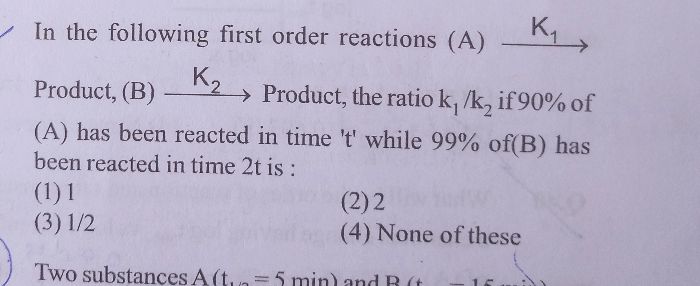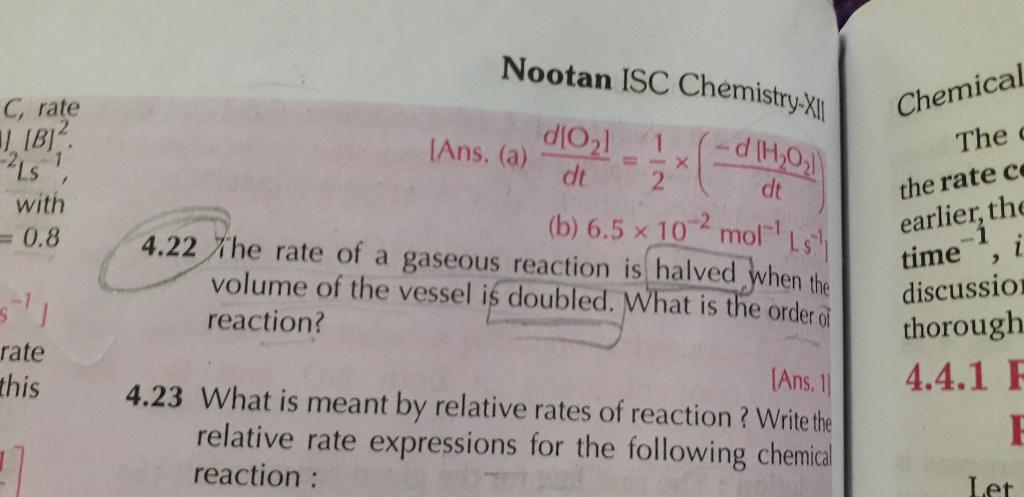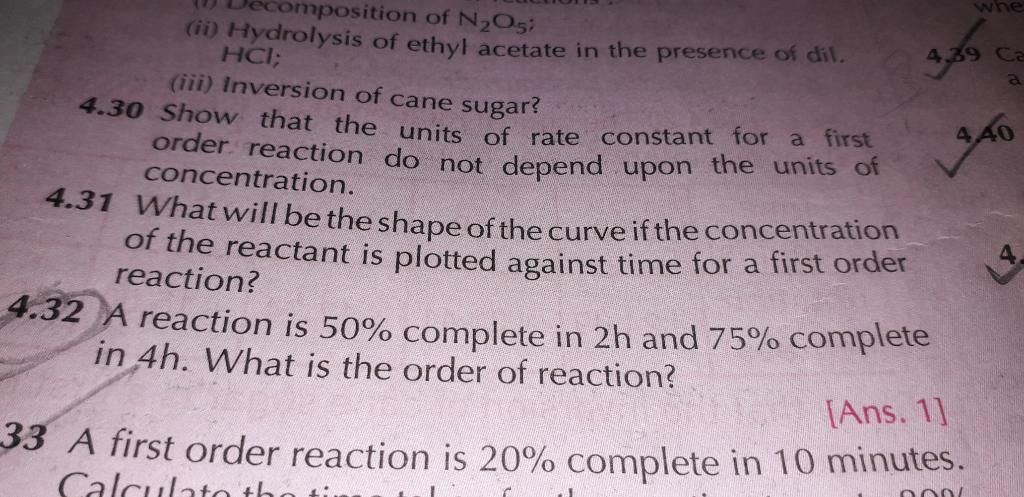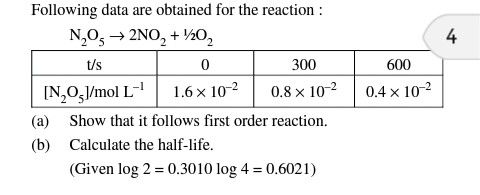CBSE Class 12-science Answered
How 2NO+O2--->2NO2 is a trimolecular reaction??
plzzz tell me
Asked by 2330anurag | 14 Jun, 2015, 08:46: PM
The number of reacting species (molecules, atom or ions) which collide simultaneously to bring about a chemical reaction is called molecularity of a reaction.
So in the given reaction
αA + βB → Product
Molecularity = α + β
The molecularity of the reaction may be 1, 2,3 etc. according to the participation of one, two or three reactant molecules in the reaction.
On the basis of molecularity, reactions are classified as:
- Unimolecular reaction
- Bimolecular reaction
- Trimolecular reaction
For example: 2 NO + O2 → 2NO2
In this reaction, three reactant molecules are participating, so the molecularity of the reaction is 3.
Answered by Vaibhav Chavan | 14 Jun, 2015, 09:47: PM
Concept Videos
CBSE 12-science - Chemistry
Asked by rchaitra1204 | 07 Sep, 2020, 09:43: AM
CBSE 12-science - Chemistry
Asked by arunhys123 | 04 Jul, 2020, 07:36: PM
CBSE 12-science - Chemistry
Asked by dhruvrana348 | 28 Jun, 2020, 08:58: AM
CBSE 12-science - Chemistry
Asked by lovemaan5500 | 06 Jan, 2020, 03:39: PM
CBSE 12-science - Chemistry
Asked by lovemaan5500 | 18 Sep, 2019, 10:02: PM
CBSE 12-science - Chemistry
Asked by sanjeet.kumar | 12 Mar, 2019, 02:20: PM
CBSE 12-science - Chemistry
Asked by manpreetkaur19971993 | 10 Jan, 2019, 07:06: AM
CBSE 12-science - Chemistry
Asked by rohitraman1115 | 22 Jul, 2018, 08:27: PM
CBSE 12-science - Chemistry
Asked by Topperlearning User | 27 Mar, 2014, 01:37: PM



